Get More Calcium Healthily with these Seeds
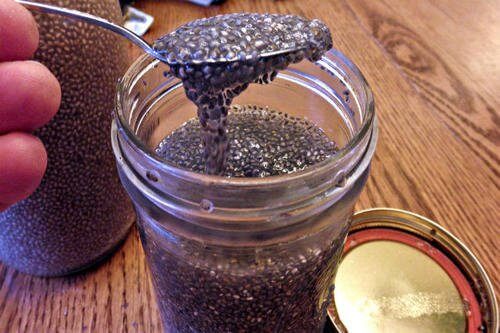

Written and verified by psychologist Valeria Sabater
Do you know all of the ways you can get more calcium in your diet?
Nowadays, many people suffer from lactose intolerance when this animal enzyme is not always properly processed in the body.
So, what can we do?
In this article, we’ll talk about an interesting alternative to getting more calcium in your diet: seeds.
Seeds to Help You Get More Calcium
1. Hedge Mustard Seeds
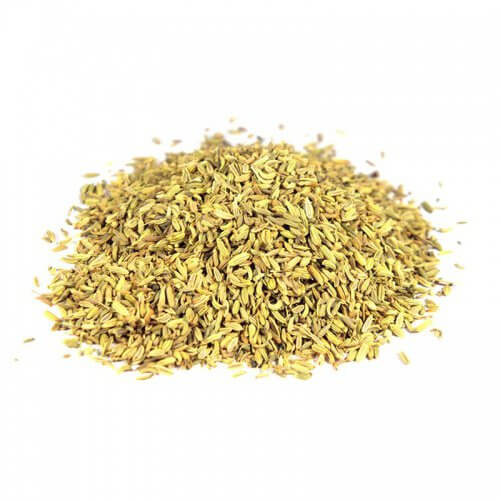
You can find hedge mustard seeds in any natural store. You should know that their percentage of calcium is the highest among the entire list below. They’re great for anyone and don’t have any side effects.
Here are just a few of their benefits:
- To eat them, boil them for 10 minutes.
- They have a good flavor and you can make delicious teas and even combine them with a lot of dishes. In fact, they tend to be used when mixed with mustard.
Also read: Voice Loss: Get your Voice Back with These Natural Remedies
2. Sesame Seeds
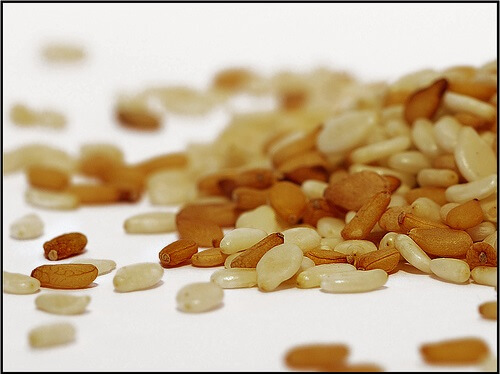
These are the second most calcium-rich seeds, but remember that in order to benefit from them, you should always eat them raw.
Don’t be fooled by their small size, because they are natural sources of vitamins and minerals, great for your day to day.
They’re also rich in protein and iron, polyunsaturated fats, and many nutrients.
- You can use them as excellent condiments for your salads or any dish, but remember: always eat them naturally; don’t cook them.
3. Chia Seeds

We’ve often talked about the benefits of chia seeds.
Chia seeds are a natural treasure of vitamins, minerals, antioxidants and phytonutrients.
Normally, chia seeds are considered a super food, because they are great for giving energy, vegetable-origin nutrients, proteins, and fatty acids.
- You can put chia seeds in your shakes, yogurt, or whatever drink you like. You will get an excellent, natural source of calcium everyday.
4. Linseed
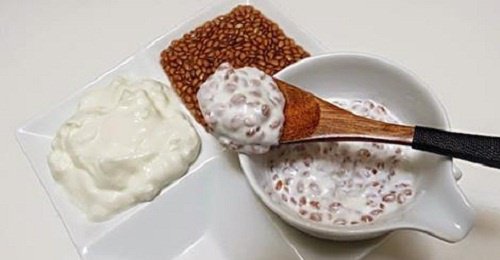
Do you have linseed at home? If not, don’t hesitate to go to any natural store or specialized supermarket.
Linseed is a great source of calcium that will help you take care of your health.
Plus, it’s very rich in fiber and vitamins.
- You can combine linseed in yogurts, smoothies, or even salads. If you like to make cakes and pastries, don’t hesitate to include it in breads or cakes. You’ll love them.
5. Lotus Seeds
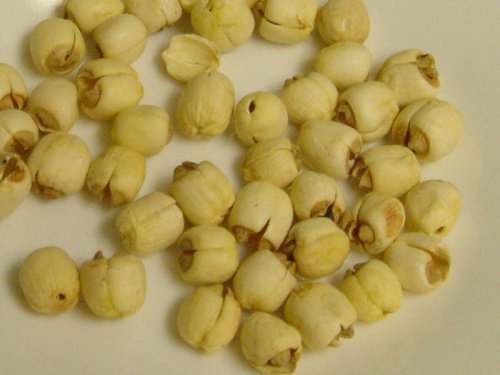
Have you ever heard of lotus seeds? They’re tasty, meaty, and rich in calcium.
Lotus seeds are a great source of protein, magnesium, potassium, and phosphorus.
Oriental medicine considers them very curative, especially for all the parts that are related to bones and the heart.
- In order to benefit from them, just take 100 grams and cook them for 20 minutes. Eat them as if they were almonds: they’re truly healthy in spite of their slightly bitter flavor.
6. Sunflower Seeds
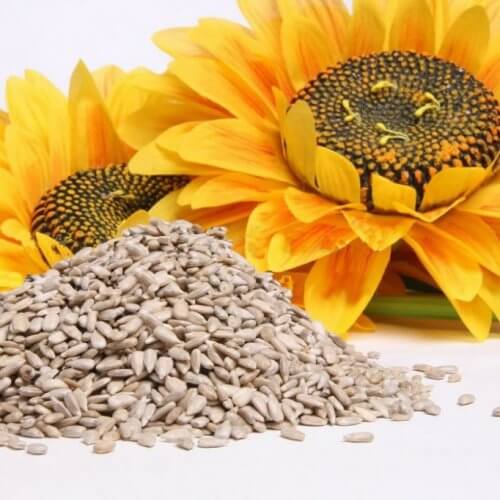
Sunflower seeds are packed full of benefits:
- They have a high amount of fatty acids.
- Sunflower seeds are rich in minerals like phosphorus, potassium, magnesium, calcium. Because they’re so rich in potassium and magnesium, they are very useful when you’re tired and stressed, for example.
- Plus, this makes them great at caring for your brain health.
- They’re very rich in folic acid.
- Did you know that they’re also great for getting your vitamin B1 dose? Thanks to this, you can prevent fatigue and help relieve nerves.
How many sunflower seeds can you consume a day?
We recommend one or two tablespoons, or between 20 and 40 grams.
Remember that in order to get the amount of calcium found in sunflower seeds, it’s best to eat them raw and dried. You should not add salt because, as you know, it’s counterproductive for your health, despite how addictive that they can become like this.
All cited sources were thoroughly reviewed by our team to ensure their quality, reliability, currency, and validity. The bibliography of this article was considered reliable and of academic or scientific accuracy.
- Bewley, J. D., & Black, M. (1994). Seeds. In Seeds. https://doi.org/10.1007/978-1-4899-1002-8_1
- Luque Guillen, M. V. (2014). Estructura Y Propiedades de las Proteínas. Bioquímica Médica. https://doi.org/10.1007/s00213-006-0474-4
- DIANA C. CHAPARRO, REMIGIO Y. PISMAG, A. D. D. E. C. (2011). EFECTO DE LA GERMINACIÓN SOBRE EL CONTENIDO DE HIERRO Y CALCIO EN AMARANTO, QUINUA, GUANDUL Y SOYA. Biotecnología en el Sector Agropecuario y Agroindustrial. https://doi.org/1692-3561
This text is provided for informational purposes only and does not replace consultation with a professional. If in doubt, consult your specialist.








